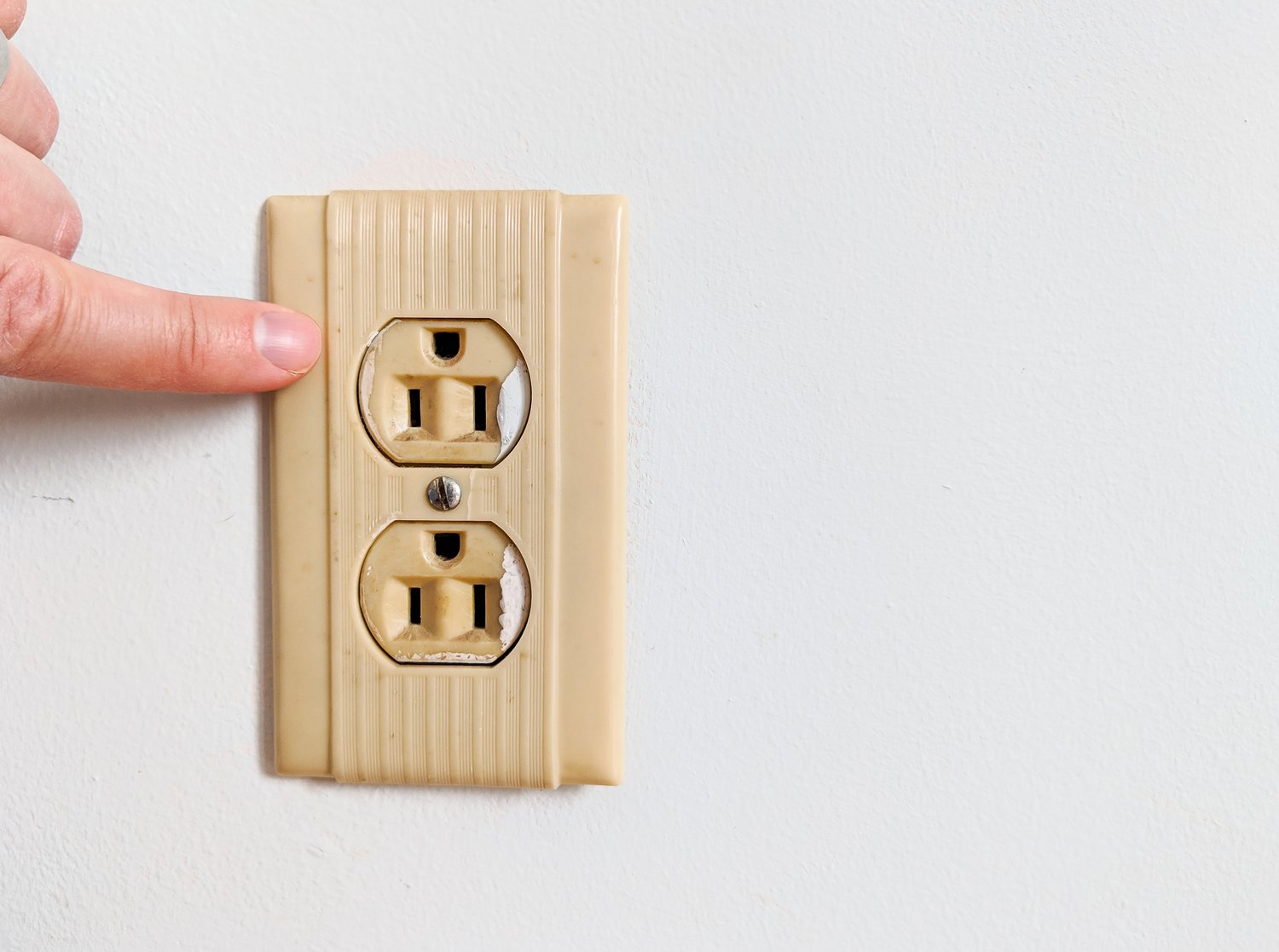GFCI outlets are a critical safety feature in your home, especially in high-risk areas like bathrooms and kitchens. These devices are designed to protect you from electric shocks by cutting off power when they detect a ground fault. But what happens when they refuse to reset? This article delves into the essential troubleshooting steps to get your GFCI outlets back in working order, ensuring your household’s safety remains uncompromised.
- Uncover the common causes behind a GFCI outlet that won’t reset, often lurking in overlooked wiring or tripped circuits.
- Gain insight into identifying tripped circuits and learn how to address this issue efficiently.
- Explore solutions tailored for resolving GFCI resetting problems, specifically in bathrooms and kitchens where safety is paramount.
- Discover when it’s crucial to seek professional help if DIY troubleshooting doesn’t resolve the issue.
This guide is designed not only to offer solutions but also to empower you with the knowledge to maintain electrical safety across your home. Dive in and secure a safer environment for you and your loved ones.
Resolving GFCI Outlet Resetting Problems: Kitchen and Bathroom Safety
Addressing GFCI outlet resetting problems in kitchens and bathrooms is crucial for maintaining electrical safety in these moisture-prone areas.
To begin, verify that the outlet itself is functional by checking for any physical damage or external wear. Outlets in high-use areas like kitchens and bathrooms can degrade more rapidly due to exposure to steam and frequent contact with water, so they require regular inspection.
Next, test the reset mechanism. Begin by pressing the “test” button on the GFCI outlet. This should cause the outlet to click off, indicating that it is functional. Then, press the “reset” button to restore power. If the outlet fails to reset, it could be due to an internal fault which might require replacement.
Furthermore, consistent trips might indicate a malfunction in connected appliances. Disconnect appliances and try resetting again. If the GFCI outlet resets without the appliances, inspect these devices for faults.
It’s also important to consider the electrical load. Overloads, caused by too many devices on a single circuit, can prevent outlets from resetting properly. Distribute plugged-in devices across circuits more evenly to alleviate this issue.
If troubleshooting steps fail, the internal wiring might be the culprit, necessitating a deeper inspection.
Assessing Wiring Connections
Wiring connections are a pivotal element in the functionality of GFCI outlets, especially in bathrooms and kitchens where consistent performance is non-negotiable due to safety concerns.
Begin by turning off the power at the breaker box to prevent electrical shock. Then, remove the GFCI outlet from the wall to examine the wiring connections.
Check for loose wires which can disrupt electrical flow and prevent the outlet from resetting. Secure any loose wires firmly into the appropriate terminals.
In some cases, corrosion can occur on wiring connections due to moisture exposure, leading to poor contact and malfunctions. Clean corroded areas carefully and ensure wires are placed correctly without touching metal surfaces or each other.
Ensure the line and load wires are connected correctly. The line brings power into the outlet, while the load continues the circuit to downstream receptacles. Incorrectly connected wires can cause outlet failure.
If any wire damage or serious discrepancies are observed, such as melted insulation or broken strands, it may be best to replace the wiring.
Calling a certified electrician for thorough inspection and repair can mitigate risks of electrical hazards.
When to Call a Professional: GFCI Outlet Not Resetting and Safety Considerations for Bathroom and Kitchen
GFCI outlets, a critical component in ensuring electrical safety in bathrooms and kitchens, sometimes encounter issues that cannot be resolved through simple troubleshooting. If you find yourself attempting to reset a GFCI outlet without success, it’s important to recognize the signs that indicate the need for professional intervention.
Persistent Non-Resetting Issues: If despite following all troubleshooting steps, your GFCI outlet refuses to reset, this could signify an underlying electrical problem that requires expert diagnosis. Professional electricians have the tools and expertise to identify and address complex issues that might be hidden behind a persistent non-resetting outlet.
Frequent Trips: When a GFCI outlet frequently trips, interrupting the power supply in your bathroom or kitchen, it suggests there could be a recurring issue, such as a ground fault or wiring problem. Continuously resetting the outlet may mask underlying problems that could lead to more significant safety hazards or electrical failures.
Suspicion of Faulty Wiring: In older homes, or when dealing with outdated wiring, a professional inspection can provide assurance about the reliability of your electrical systems. If you suspect faulty wiring or loose connections, a qualified electrician can safely assess and correct the situation.
Unfamiliar Sounds or Smells: Anytime you notice unusual sounds, like buzzing, or smells of burning coming from your outlet, it’s a clear indication to contact a professional. These could be warning signs of serious electrical malfunctions, including overheating or arc faults, which pose fire hazards.
For the ongoing safety and functionality of GFCI outlets in high-risk areas like bathrooms and kitchens, professional guidance is invaluable. By knowing when to step back and call an expert, you protect your home from potential hazards and ensure the long-term reliability of your electrical systems.
Common Causes for GFCI Outlet Not Resetting: Troubleshooting Guide for Bathroom and Kitchen Safety
The Ground Fault Circuit Interrupter (GFCI) outlet is a critical component of any bathroom or kitchen, ensuring electrical safety in these high-risk areas. However, there are instances where a GFCI outlet refuses to reset, rendering it ineffective.
Understanding the common causes behind this issue is the first step in troubleshooting. One prevalent reason for a GFCI outlet not resetting is a tripped circuit.
This can occur due to excessive moisture or water exposure, which is common in bathrooms and kitchens. Another potential cause is wiring issues, such as loose or incorrectly connected wires, which can disrupt the flow of electricity and prevent the outlet from functioning.
Ground faults, where electrical current escapes its intended path, are also a frequent culprit in these environments. Identifying these causes not only aids in troubleshooting but also enhances safety, preventing accidents like electric shocks or short circuits.
Addressing these concerns promptly helps maintain a safe and functional electrical system, crucial for the well-being of the household or any property. Exploring these common causes will equip you with the knowledge to restore GFCI outlet functionality effectively.
Identifying Tripped Circuits
To restore a faulty GFCI outlet, one of the initial steps is identifying if a tripped circuit is causing the issue. A circuit may trip due to overloads, short circuits, or ground faults.
Start by checking your home’s circuit breaker panel to see if any breakers have shifted to the “off” position.
Switching these back to “on” can often resolve the problem, allowing your GFCI outlet to reset. If this does not solve the issue, inspect the outlet for moisture or any signs of a ground fault.
Ensuring that electrical appliances and outlets in bathrooms and kitchens are dry can prevent future tripping. Additionally, consider redistributing your electrical appliances across different circuits to avoid overloading.
If the problem persists despite these checks, it might be indicative of a deeper electrical issue requiring professional assessment. Addressing these signs promptly ensures a straightforward restoration of safety and functionality to your GFCI outlets.
FAQs: Troubleshooting GFCI Outlets
What is a GFCI outlet?
Answer: A GFCI (Ground Fault Circuit Interrupter) outlet is designed to protect against electrical shock by shutting off a circuit when it detects an imbalance between incoming and outgoing current.
Why won’t my GFCI outlet reset?
Answer: Common reasons include a tripped circuit, faulty wiring, or a damaged outlet.
How can I check if the circuit is tripped?
Answer: Look for a flipped breaker in your electrical panel and reset it to the ‘on’ position.
Should I replace a GFCI outlet that won’t reset?
Answer: If troubleshooting fails to resolve the issue, replacing the outlet is recommended to maintain safety.
When should I call a professional?
Answer: Seek professional help if resetting and basic troubleshooting do not work, as it may indicate a more serious problem.
Are GFCI outlets required in kitchens and bathrooms?
Answer: Yes, they are required by the electrical code to ensure safety in wet areas.





